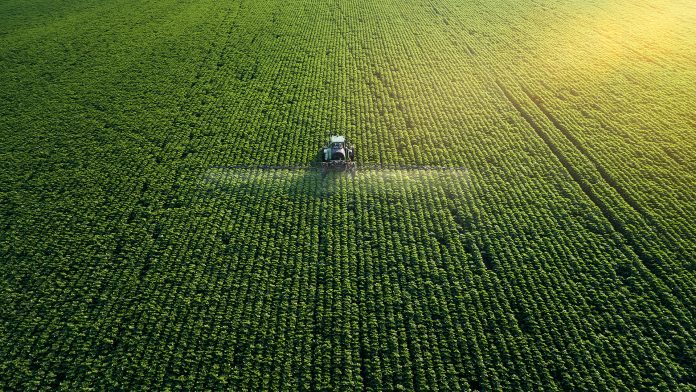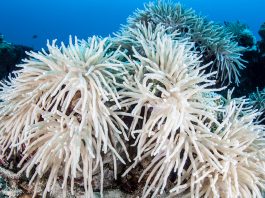In a new study, a group of scientists performed a quantitative assessment of the performance of intercropping systems by analysing the results of 226 agricultural experiments.
With the increasing food demands of a growing world population, it is essential to increase agricultural production while reducing its environmental footprint. Intercropping systems have often been proposed as agroecological solutions to achieve this goal. Among them, intercropping – the growth of several crop species in the same fields – seems to be particularly promising.
Although it has traditionally been used in countries of the Global South, it is currently declining due to urbanisation and the migration of rural populations.
In an attempt to revive these systems, the researchers performed a number of experiments. The study, ‘Using intercropping systems for sustainable global agricultural production,’ is published in the journal PNAS.
Assessing performance through global data
To objectively assess the performance of intercropping systems under modern conditions, a team of French, Dutch, and Chinese researchers performed a detailed analysis of a vast database, which brought together information from 226 agricultural experiments conducted worldwide.
Based on a meta-analysis, the scientists were able to compare the productivity of monocultures and different intercropping configurations.
After analysing grain yield data, the researchers used data on grain calories and protein concentrations to assess the relevance of intercropping for food and feed production.
They were then able to quantify the differences between intercropping and monocropping and identify crop combinations and management practices that result in higher grain, calorie, and protein yields with intercropping than with monocropping.
How does crop diversification increase productivity?
The results of the study showed that intercropping resulted in mean protein levels that were similar to – and often higher than – those obtained with monocultures.
It also demonstrated that intercropping systems were more productive overall. To generate the same amount of grain, 19% less land was needed with two-species intercropping combinations than with monocultures of each species.
Grain yield and caloric content were 4% lower on average under intercropping versus monoculture conditions compared to the most productive species. In contrast, total protein levels are equivalent for both cropping systems and are even higher for intercropping in 47% of cases, especially for moderately fertilised corn-legume combinations.
By reducing the need for farmland and fertilisers, intercropping systems can help sustainably meet increasing demands for feed and food as the world’s population expands. Looking to the future, this study and its quantitative results can guide agricultural policies on a global scale.








